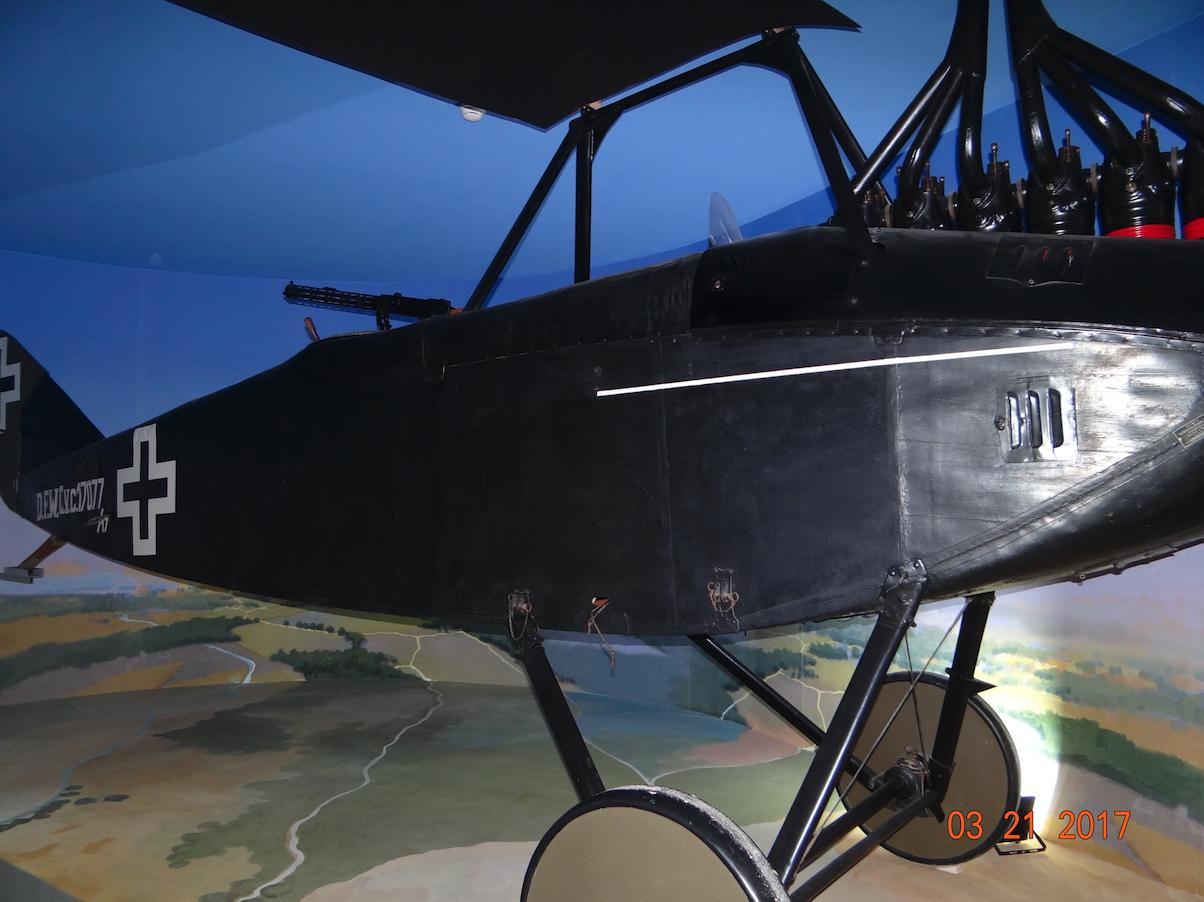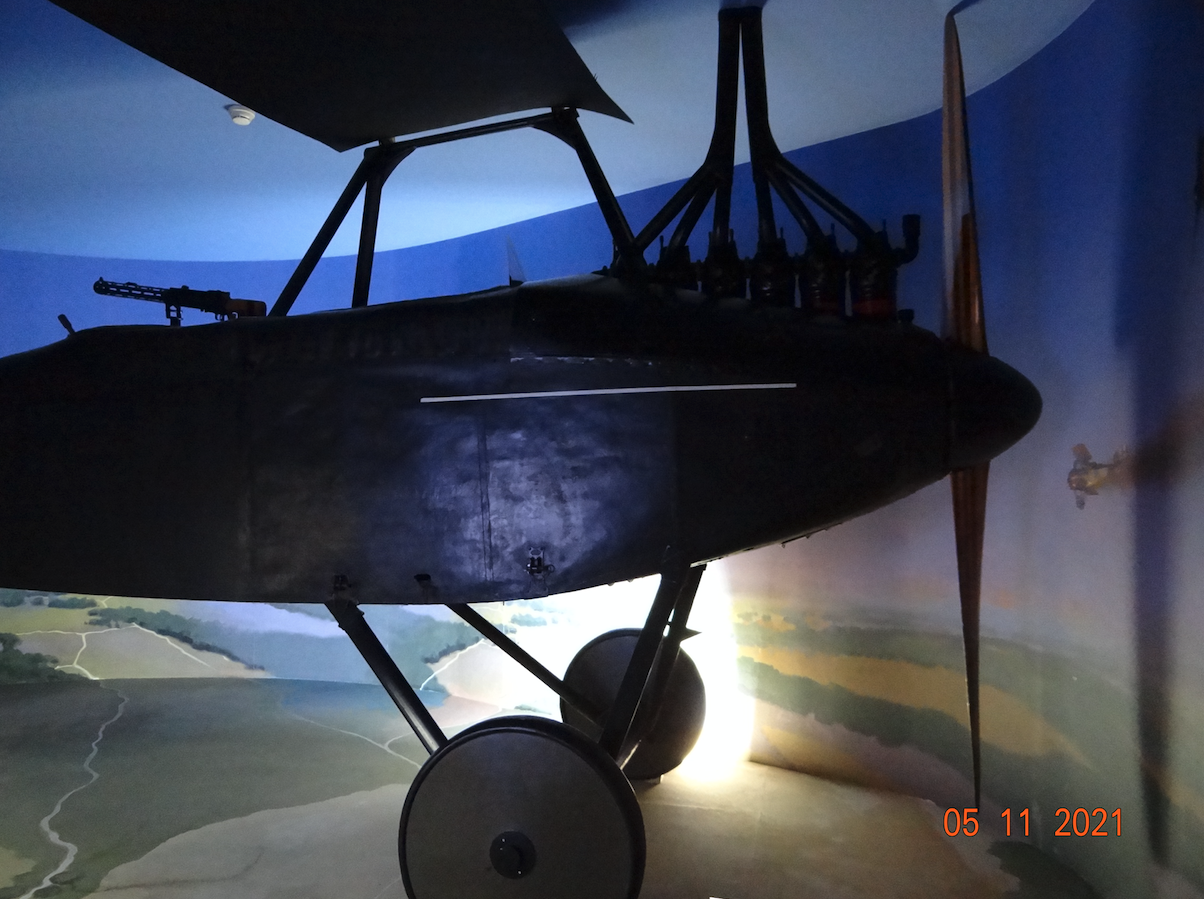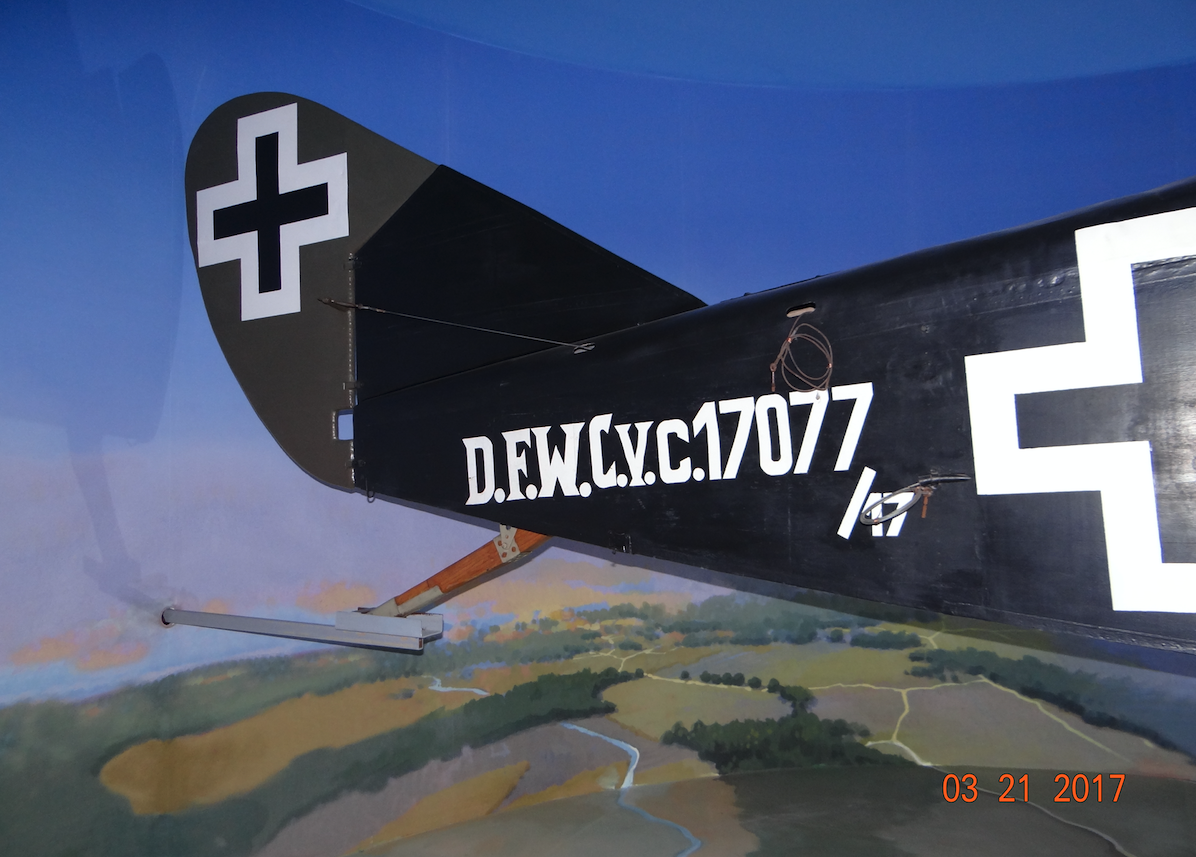Kraków 2022-11-26
Deutsche Flugzeugwerke DFW C.V.



The DFW C.V aircraft belonged to a family of Germanic aircraft developed for the Great World War in 1916. The family included airplanes; DFW C.II, DFW C.IV, DFW C.V, DFW C.VI and DFW F37. Initially, the planes were supposed to be reconnaissance only, but they were quickly armed with one machine gun on a turntable in the rear cabin. Bombs were also taken on board and thrown by hand.
The aircraft was developed by Deutsche Flugzeugwerke, hence the designation DFW. For the needs of the Great World War, planes were produced in plants; Aviatik, Halberstadt, LVG and Schütte-Lanz. The first DFW C.II aircraft is derived from the construction of single-seater DFW class B and C civil aircraft. In subsequent versions, the aircraft was improved in terms of aerodynamics and the power unit. The DFW C.IV and C.V versions were produced in the period 1916 - 1918, almost until the end of the war. In total, about 3,250 aircraft were produced.
The DFW C.IV was powered by a 112 kW (150.19 hp) Benz Bz.III engine. Production of the DFW C.V version was quickly launched, which received better wings and more powerful engines; N.A.G. 185 hp (137.95 kW) or Benz Bz.IV 149 kW (199.81 hp). Performance has improved. The next version, the DFW C.VI, was built in only one copy. The aircraft received a 220 hp engine. Also, the DFW F.35 version was built in only three copies. After the war, the DFW F.37 aircraft was equipped with a 220 kW (295.02 hp) BMW IV engine.
DFW C.V in Poland.
After the Great World War, there were 34 - 63 DFW C-V aircraft in Poland. Earlier sources reported fewer aircraft. After the war, Poland bought 28 aircraft from the Germans. These planes took part in military operations in 1919, in Greater Poland and on the Lithuanian-Belarusian front, and in 1920, in the war with Muscovites. The planes were also equipped with aviation schools in Poznań - Ławica, Grudziądz and Toruń. In the period 1922 - 1923, the planes were still in the equipment of the aviation schools: OSOL and Aviation Service. The last copies survived until 1924.
After 1945, the DFW C.V aircraft No. 17077/17 was found, incomplete and destroyed near Czarnków and deposited in the premises of the Regional Aviation Depot in Gądki near Poznań. Then it was stored in warehouses in Pilawa and Wrocław, from where in 1963 it was transferred to the Museum of Aviation and Astronautics in Kraków. The aircraft is unique on a global scale, because no copy of the DFW C.V aircraft has been preserved anywhere.
Construction.
DFW C.V aircraft it was a biplane of mixed construction, mostly wooden. The fuselage was a wooden frame, covered with plywood, with the tail consisting of a metal frame, covered with canvas. The wings were of a wooden double-girder structure, on a rectangular plan and covered with canvas. The upper wing had a slightly larger span and was equipped with ailerons. The conventional landing gear was fixed, with a simple common axle and rear skid.
The aircraft was powered by an inline 6-cylinder engine that featured a long, vertical chimney-like exhaust pipe and was covered by a windshield, but this was often overlooked. Aircraft produced by LVG had a horizontal exhaust pipe. The engine drove a two-bladed wooden propeller 2.8 meters (9.2 ft) in diameter. Engine cooling was initially provided by radiators on both sides of the fuselage, later aircraft used a radiator at the front of the upper wing.
Data T-T DFW C.V:
Crew: pilot and gunner. Span 13.27 m (43 ft 6 in). Length 7.875 m (25 ft 10 in). Height 3.25 m (10 ft 8 in). Curb weight 970 kg (2.138 lb). Takeoff weight 1,430 kg (3,153 lb). Top speed 155 km/h (96 mph, 84 kn). Ceiling 5,000 m (16,000 ft). Climb rate 1.27 m/s (250 ft/min). Armament: a machine gun on a turntable and 100 kg of bombs.
Written by Karol Placha Hetman
